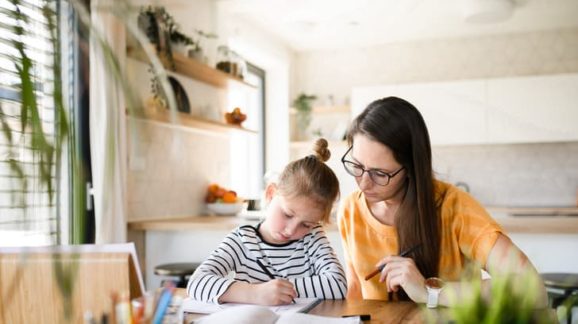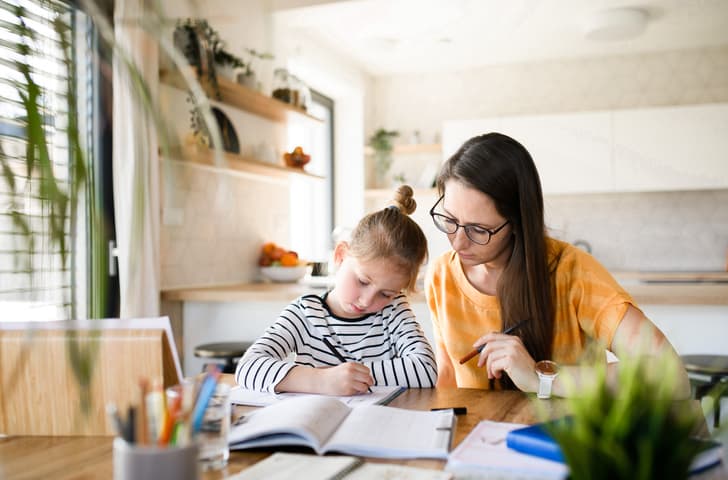Homeschooling Growth Worries Teachers’ Unions

 Teachers unions may be the most eager of any group in organized labor to see the COVID-19 outbreak end and things return normal because the longer this goes on, the more power they over public education they lose.
Teachers unions may be the most eager of any group in organized labor to see the COVID-19 outbreak end and things return normal because the longer this goes on, the more power they over public education they lose.
That’s because the outbreak has turned the U.S. into a nation of homeschoolers. Parents who would have never considered doing it were given no choice but to try. Presumably, most of those parents would still rather have their kids in traditional schools but it appears that at least some will decide they like homeschooling once they get a taste for it.
Currently, only 3 percent of parents homeschool. If that inches up just a few more points this could translate into a big financial hit for teachers’ unions. Education spending is based on the number of students in a public school. Less students means less need for teachers.
Corey De Angelis at the Cato Institute crunched the numbers and determined that if just 2 percent of families continue homeschooling, that could result in 1 million fewer students and a reduction of $15 billion in education funding. Simply put, there will be fewer teachers who can be dues-paying union members. De Angelis thinks it not a coincidence that a series of opinion columns talking down homeschooling have started popping up.
The unions have largely tried to act as though returning children to schools is the only option. In a Sunday New York Times op-ed, American Federation of Teachers (AFT) President Randi Weingarten warned “if the more than 500,000 laid-off educators are not rehired, it will cause lasting harm to our children’s futures.”
Weingarten then touted her union’s plan for reopening schools, calling it “grounded in scientific evidence and public health protocols.” Yet that plan resists the option that is so safe and so well-grounded in scientific evidence that it is what we’re all doing right now: Not sending kids to public locations with masses of other people in the first place and schooling them at home instead. The union’s plan pays some lip service to remote learning but only when it involves a traditional school, and even then, says it should temporary. AFT warns that “online education is not a substitute for the in-person learning and socialization that happens in schools.”
The National Education Association NEA announced last week that it would launch “a seven-figure national advertising campaign” to press for federal funding to ensure that schools can reopen safely. The campaign is titled “School is Where the Heart is.” Get it?
Teachers’ unions have never liked homeschooling, but until this year it was been a small enough niche interest that they could focus on other issues. Attacking homeschooling directly would also be tricky for unions. It risks offending parents who may prefer traditional schools but nevertheless think such decisions should be theirs, not the union’s.
Attacking homeschooling would also raise its profile. The unions don’t need to remind people that option exists when they are trying to thread the needle of getting teachers and students back together in large groups while also claiming to be safety conscious.
So, teachers unions’ have tended to subtlety portray homeschooling as generally inferior and make returning kids to school sound inevitable. “A strong partnership between teachers, parents, and students is always the best way for children to learn, and that’s truer today than ever,” wrote Weingarten, NEA President Lily Eskelsen García, and Jill Biden in an April op-ed column for CNN. “As we adjust to this moment, we have to also remember that our schools will reopen. When they do, they must have the tools and resources they need to support students.”
The purpose of a union is to advocate for its members, of course, so it’s not surprising that they’re trying to ensure as many teachers remain employed as possible. But these same unions have long presented themselves as protectors of students as well. If that were truly the case, then they would be strongly backing the one option for educating kids that we know for certain is safest: Doing it from home.